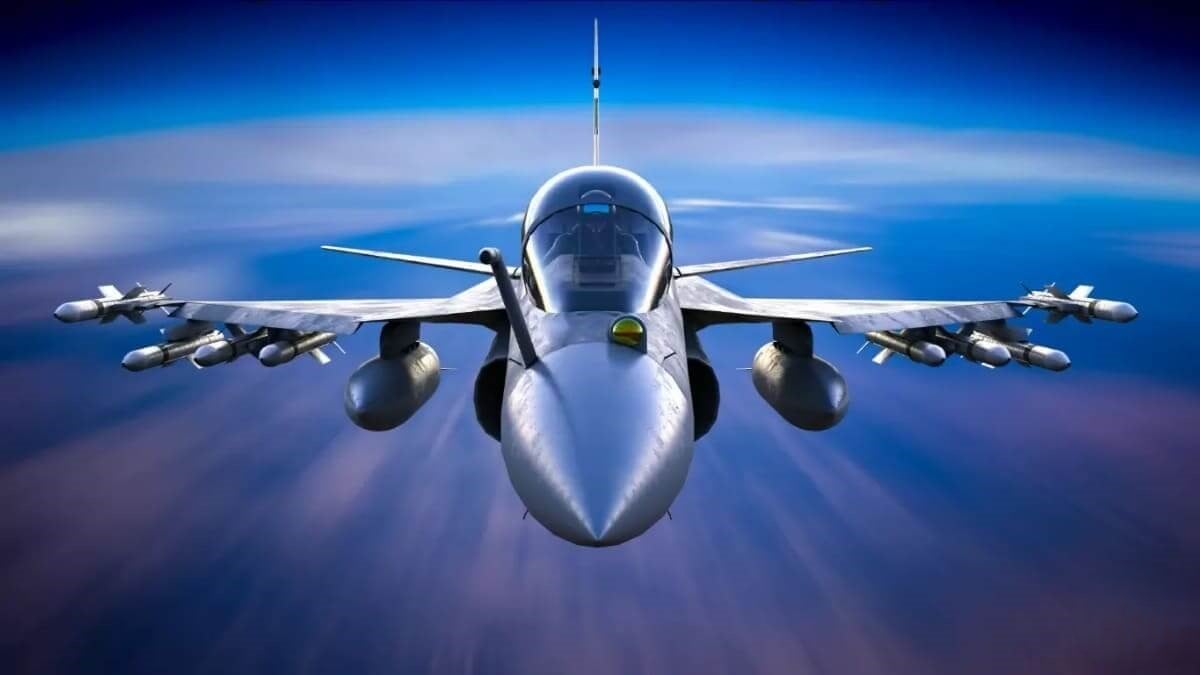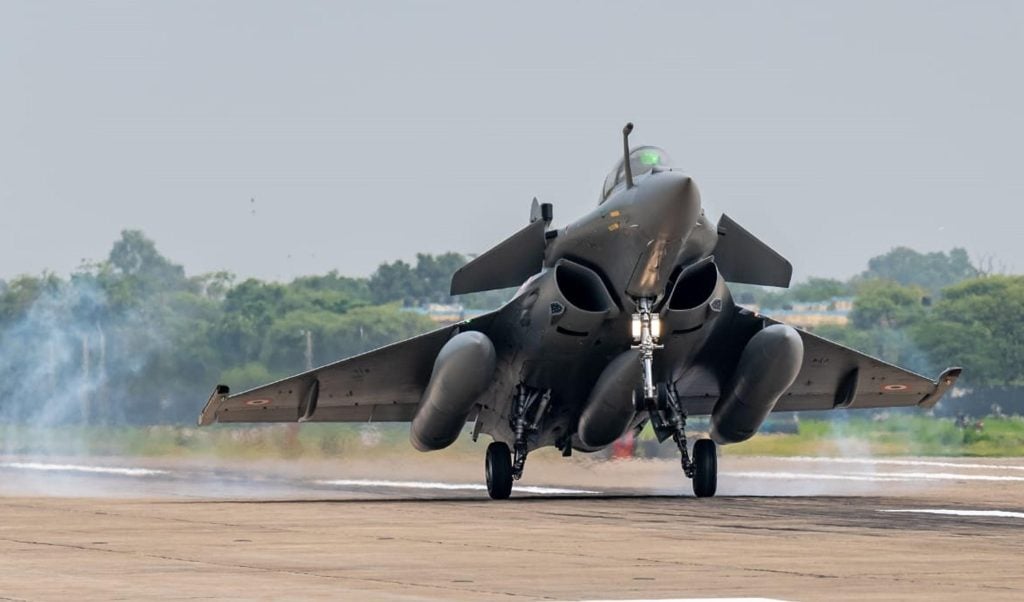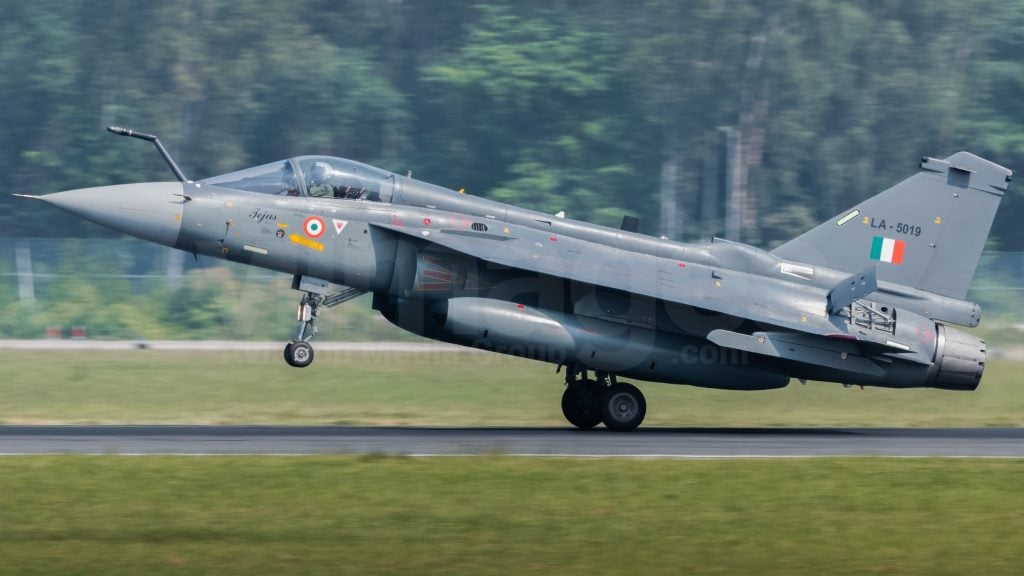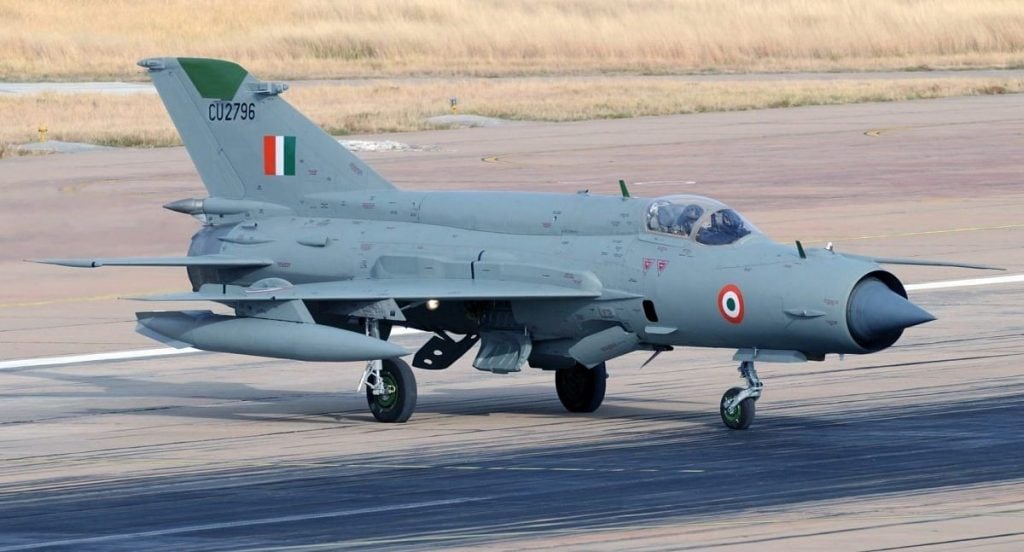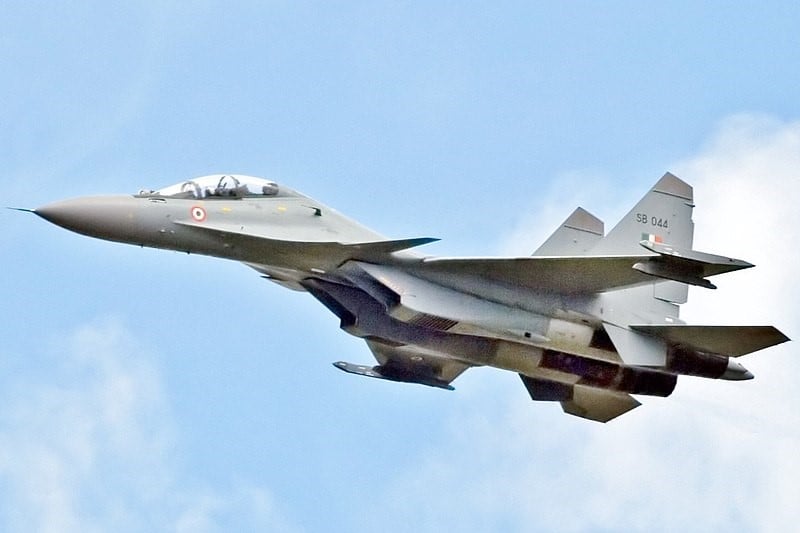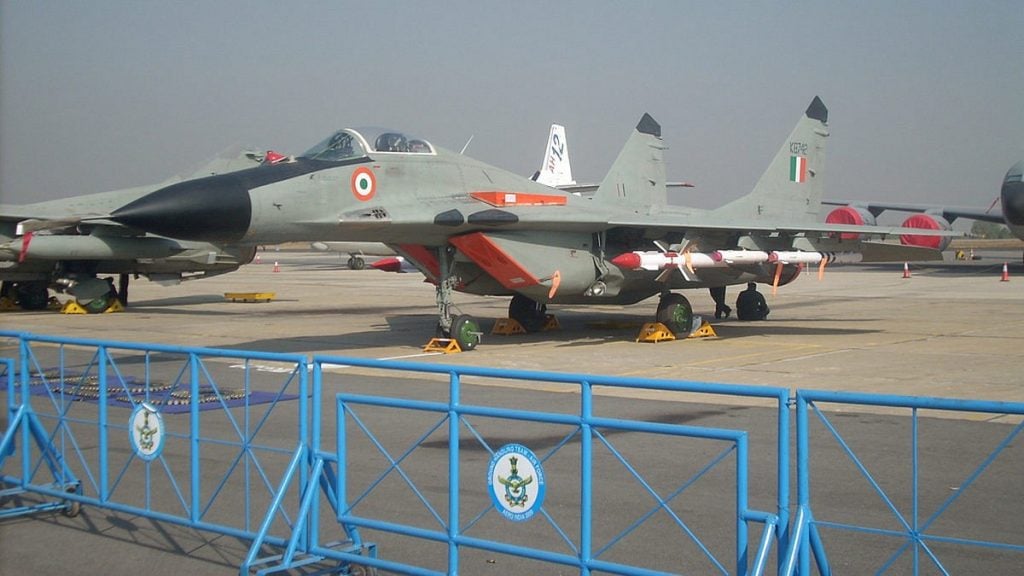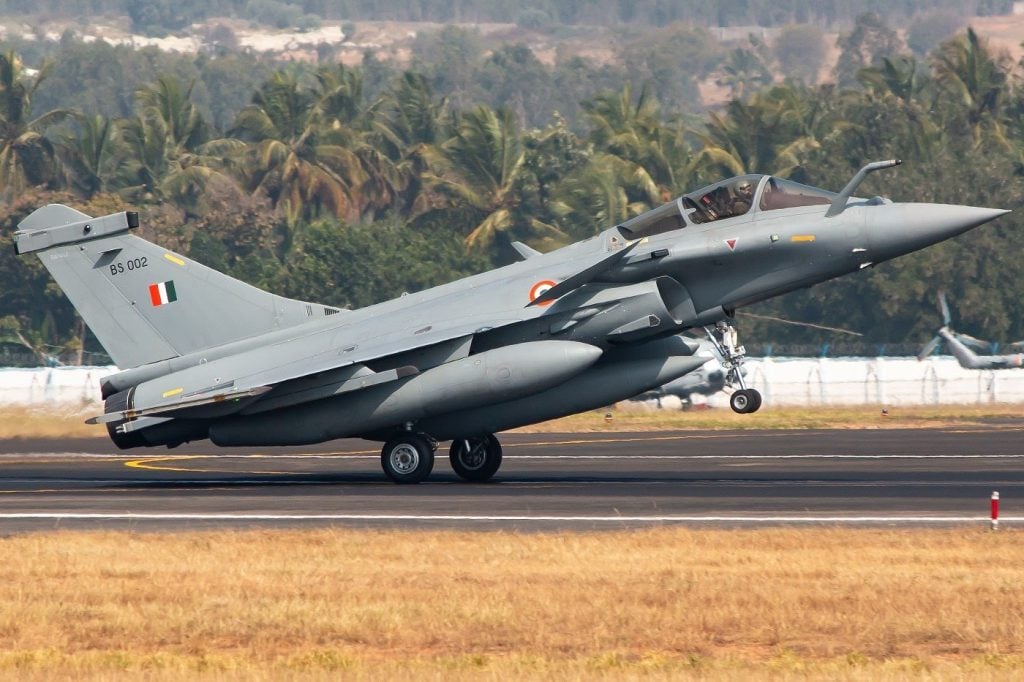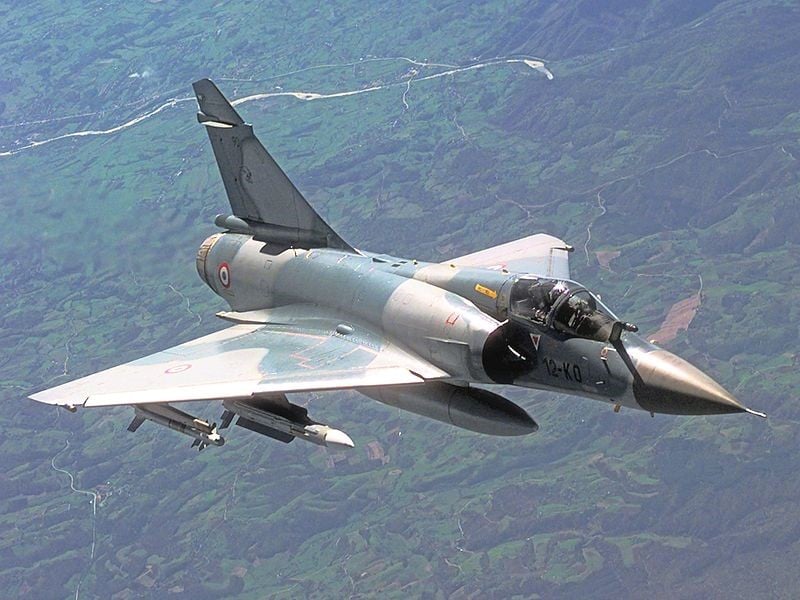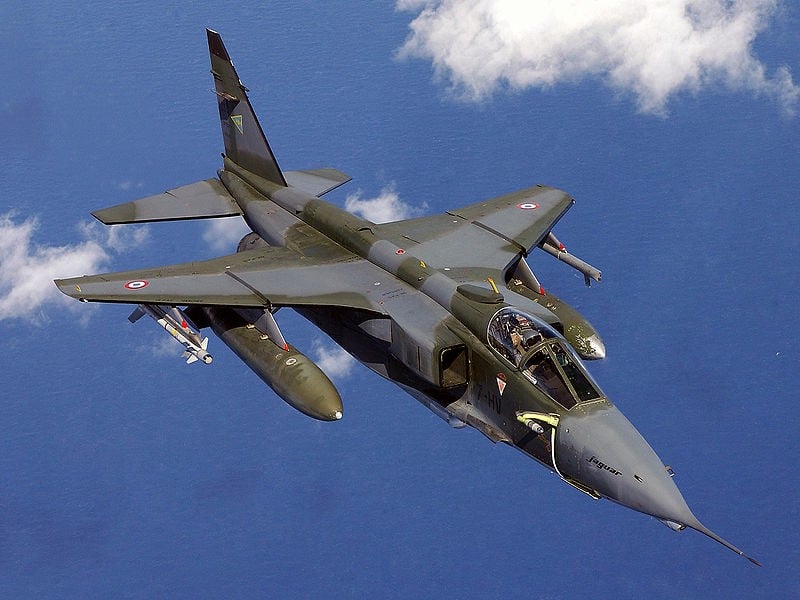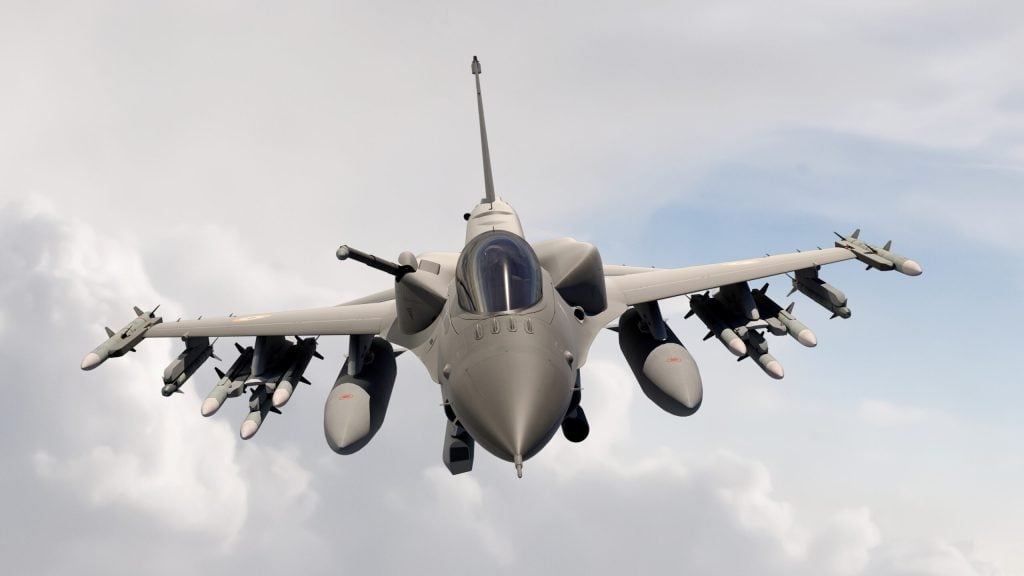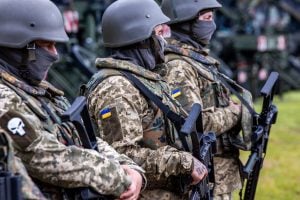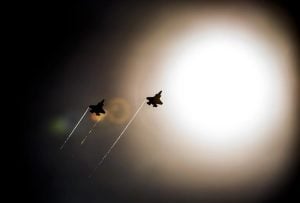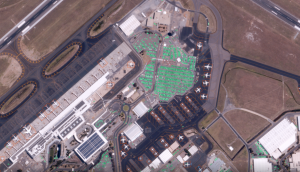India’s military aviation capabilities have evolved significantly over the decades, with the nation’s fighter jet fleet playing a pivotal role in its defense posture. From the iconic MiG-21 “Fishbed” to the cutting-edge Sukhoi Su-30MKI, the Indian Air Force (IAF) and Indian Navy have assembled an impressive array of aerial platforms to safeguard the country’s skies.
As India navigates an increasingly complex geopolitical landscape, marked by China’s growing assertiveness, the capabilities of these fighter jets have assumed greater strategic importance. This article delves into the Fighter Jets in India’s Fleet.
1. The Hindustan Aeronautics Limited (HAL) Tejas
At the heart of India’s self-reliance in military aviation stands the Hindustan Aeronautics Limited (HAL) Tejas, the country’s first indigenous fighter jet. This lightweight, nimble aircraft is a testament to India’s technological prowess and its drive towards reduced dependence on foreign imports. The Tejas’s journey, though marked by lengthy development timelines, has been a source of immense national pride. Boasting a 4.5 Generation fighter capability, the Tejas packs a formidable punch, with an array of armaments and the ability to operate in a wide range of combat scenarios.
The Tejas’s Symbolic Significance
The Tejas’s significance extends beyond its technical capabilities. As India’s first homegrown fighter jet, it represents a milestone in the country’s quest for self-reliance in defense. The long-awaited realization of the Light Combat Aircraft (LCA) program, which was initiated in 1983, the Tejas’s maiden flight in 2001 and its eventual operational induction in 2015 marked a defining moment in India’s aerospace history.
Tejas’s Technical Specifications and Armaments
Defying its diminutive stature, the Tejas is a veritable aerial powerhouse. With a fuselage length of 43 feet 4 inches, a height of 14 feet 5 inches, and a wingspan of 26 feet 11 inches, the Tejas is the world’s smallest and lightest supersonic combat aircraft. Its maximum takeoff weight of 29,762 pounds belies its agility and maneuverability. The Tejas’s armament package is equally impressive, featuring a GSh-23 23mm twin-barrel cannon and the ability to carry a wide range of bombs, missiles, and other munitions on its eight hardpoints, with a total capacity of 11,700 pounds.
The Tejas’s Operational Induction and Future Plans
The Indian Air Force has placed orders for a total of 123 Tejas fighters, with 51 aircraft already built as of the latest count. In a significant development, India’s Defence Acquisition Council recently cleared the procurement of an additional 97 Tejas Mark 1-A aircraft, further bolstering the Tejas’s presence in the IAF’s inventory.
Combat Aircraft Around the World: A Country-by-Country Breakdown
2. The MiG-21 “Fishbed”
The MiG-21, or the “Bison” as it is affectionately known in Indian parlance, has been a stalwart of the Indian Air Force for decades. This Soviet-designed fighter, with its maiden flight in 1955 and operational service with the IAF starting in 1963, has earned a reputation as one of the most combat-proven aircraft in history.
The MiG-21’s Combat Prowess
During the 1971 Indo-Pakistani War, the MiG-21 Bison demonstrated its mettle, with IAF pilots achieving a remarkable 13:1 kill ratio against their Pakistani adversaries. This venerable fighter has seen action in a multitude of conflicts, from the Vietnam War to the Libyan Civil War, cementing its status as a true aerial workhorse.
The MiG-21’s Safety Concerns and Retirement
Despite its combat successes, the MiG-21 has been plagued by safety issues, earning it the infamous nicknames of “The Flying Coffin” and “Widow-Maker.” Over the course of its 60-year service with the IAF, the Bison has been involved in over 400 crashes, resulting in the loss of 200 pilots and at least 60 civilians. Recognizing the need to address these concerns, the IAF officially retired the MiG-21 on October 31, 2023, though a few squadrons will continue operating the aircraft until 2025, marking the platform’s 70th birthday.
3. The Sukhoi Su-30MKI
While the Tejas and the MiG-21 have their respective roles to play, the Sukhoi Su-30MKI remains the Indian Air Force’s premier air defense platform. This Soviet-designed, two-seat, twinjet multirole fighter jet is a formidable aerial asset, boasting a maximum speed of 1.9 Mach in level flight and the ability to wield the potent BrahMos supersonic cruise missile.
The Su-30MKI’s Capabilities and Indigenization
The Su-30MKI, which entered IAF service in 2002, is a license-built variant, with Hindustan Aeronautics Limited (HAL) responsible for its production in India. In a recent development, the Defence Acquisition Council approved an indigenous upgrade program for the Sukhois, which will incorporate India-developed radars, avionics, and other critical subsystems, further enhancing the aircraft’s capabilities.
The Su-30MKI’s Role in India’s Air Defense
With 272 Su-30MKI airframes currently in service, the platform remains the backbone of India’s air defense strategy. Its impressive performance during the Kargil War, providing fighter escort for Mirage 2000s conducting precision strikes, underscores its vital role in the IAF’s operational capabilities.
4. The MiG-29 “Fulcrum”
Alongside the Sukhoi Su-30MKI, the MiG-29 “Fulcrum” is another key fighter jet in India’s aerial arsenal. While the IAF operates approximately 75 of the MiG-29UPG (“upgrade”) variant, the Indian Naval Air Arm fields 42 of the MiG-29K variant, flown by the Indian Naval Air Squadron (INAS) 303, also known as the “Black Panthers.”
The MiG-29’s Combat Record and Challenges
The MiG-29 has demonstrated its combat prowess, particularly during the 1999 Kargil War, where IAF Baazes (the affectionate term for the MiG-29UPG) provided fighter escort for Mirage 2000s conducting precision strikes. However, the platform has not been without its challenges, with the Indian Navy losing three MiG-29Ks to accidents between November 2019 and November 2020, casting doubt on the long-term viability of the naval variant.
The Uncertain Future of the MiG-29K
The Indian Navy’s search for a suitable replacement for the MiG-29K remains a subject of uncertainty, with funding and strategic priorities playing a significant role in the decision-making process. As the Chief of Defense Staff’s vision for the Navy’s role differs from the Navy’s own plans, the future of the MiG-29K in Indian naval aviation remains unclear.
5. The Dassault Rafale
In a significant boost to India’s fighter jet capabilities, the Dassault Rafale has joined the IAF’s inventory in recent years. The IAF currently operates 28 single-seat Rafale EH versions and 8 twin-seat Rafale DH variants, which were delivered between July 2020 and April 2022.
The Rafale’s Multirole Capabilities
The Rafale, a French-built twin-engine fighter jet, is a robust and versatile platform capable of fulfilling a wide range of combat roles. With nearly 260 Rafales built since production began in the 1980s, the aircraft continues to roll off the assembly lines, solidifying its position as a formidable asset in the global fighter jet market.
The Rafale’s Potential Integration with the Indian Navy
Given the Rafale’s successful integration with the IAF, the prospect of the Indian Navy adopting the same platform seems like a logical progression. This would allow for greater synergy and interoperability between the two branches of the Indian armed forces, enhancing overall operational capabilities.
Decoding the Hand Signals of Aircraft Carrier Operations
6. The Dassault Mirage 2000
Another French-built fighter jet in India’s arsenal is the Dassault Mirage 2000. This single-engine, fourth-generation multirole fighter aircraft has a storied history, having been deployed by the IAF during the Kargil War in 1999 and the retaliatory Operation Bandar in 2019.
The Mirage 2000’s Combat Record and Upgrade Challenges
The Mirage 2000’s performance in these conflicts has been lauded, with the aircraft effectively carrying out precision ground attacks. However, the IAF now faces challenges in maintaining the technological relevance of its Mirage 2000 fleet, as the airframe has a limited certified life, and the production of the aircraft was discontinued a decade ago by Dassault Aviation, making the procurement of critical spares a painstaking task.
Exploring Stopgap Solutions for the Mirage 2000
In a bid to address the Mirage 2000’s maintenance issues, the IAF is reportedly exploring the acquisition of decommissioned Mirage 2000 EGM/BGM standard aircraft from the Greek government. This stopgap measure, while providing a temporary solution, highlights the need for a more comprehensive long-term strategy to ensure the continued operational viability of the Mirage 2000 fleet.
7. The SEPECAT Jaguar
While the focus has primarily been on India’s fighter jet fleet, it’s worth noting the presence of the SEPECAT Jaguar in the IAF’s inventory. Though not a dedicated air superiority fighter, the Jaguar is a highly capable ground-attack aircraft that has played a crucial role in India’s nuclear triad, alongside the Mirage 2000.
The Jaguar’s Versatility and Operational History
Designed as a joint venture between the British Aircraft Corporation and Dassault Aviation, the Jaguar has evolved from its initial light-attack role to a multirole platform capable of carrying out a wide range of missions, including precision strikes and air-to-ground operations. The IAF has effectively deployed the Jaguar in various conflict scenarios, including the Kargil War and Operation Bandar.
Maintaining the Jaguar’s Operational Relevance
Similar to the Mirage 2000, the IAF faces the challenge of ensuring the Jaguar’s continued operational relevance in the face of aging airframes and the need for upgrades. Balancing the maintenance and modernization of this ground-attack platform will be crucial in preserving its capabilities as a key component of India’s aerial arsenal.
Strengthening India’s Fighter Jet Capabilities
As India navigates an increasingly complex geopolitical landscape, the capabilities of its fighter jet fleet have assumed greater strategic importance. The nation’s quest for self-reliance in defense, exemplified by the HAL Tejas, coupled with the continued presence of legacy platforms like the MiG-21 and the acquisition of cutting-edge jets like the Sukhoi Su-30MKI and the Dassault Rafale, underscores the multifaceted nature of India’s aerial defense strategy.
Balancing Modernization and Operational Readiness
The Indian Air Force and the Indian Navy face the challenge of striking a delicate balance between modernizing their fighter jet fleets and maintaining operational readiness. Addressing the safety concerns of aging platforms, facilitating seamless integration of new systems, and ensuring a robust supply of critical spares will be crucial in sustaining India’s aerial superiority.
Embracing Indigenization and Technological Self-Reliance
The success of the Tejas program has demonstrated India’s ability to harness its indigenous technological capabilities. Going forward, the continued development and induction of homegrown fighter jets, coupled with the indigenization of existing platforms like the Sukhoi Su-30MKI, will be pivotal in reducing the country’s reliance on foreign imports and strengthening its strategic autonomy.
Fostering Interoperability and Joint Operations
As India’s fighter jet fleet evolves, the seamless integration and interoperability between the IAF and the Indian Navy will be crucial. Leveraging the complementary capabilities of platforms like the Rafale and the MiG-29K can enhance the overall effectiveness of India’s aerial warfare capabilities, enabling joint operations and a more cohesive defense strategy.
10 Biggest Air Force Stations in Asia 2024
Conclusion
India’s fighter jet fleet, with its unique blend of legacy platforms, indigenous developments, and foreign acquisitions, reflects the nation’s multifaceted approach to safeguarding its skies. From the symbolic significance of the Tejas to the combat-proven prowess of the MiG-21 and the technological superiority of the Sukhoi Su-30MKI, each aircraft in India’s aerial arsenal plays a vital role in the country’s defense posture. As India continues to navigate an evolving geopolitical landscape, the capabilities of these fighter jets will remain at the forefront of the nation’s efforts to assert its strategic autonomy and protect its interests in the Indo-Pacific region.
FAQs
1. How many total fighter jets does India have?
India’s military operates about 2,000 aircraft across the Army, Navy, Air Force, and Coast Guard.
2. What is India’s most powerful fighter jet?
In the late 2000s, the Sukhoi Su-30MKI was the most powerful fighter jet in the Indian Air Force’s fleet. The IAF frequently deploys these aircraft in both bilateral and multilateral air exercises.
3. Does India have Gen 5 fighter jets?
The AMCA will be India’s homegrown fifth-generation fighter jet. In contrast, the indigenous Light Combat Aircraft (LCA) Tejas is a 4.5-generation, single-engine, multirole aircraft. The key distinction of the fifth-generation fighter aircraft compared to the existing fourth-generation models will be its advanced stealth capabilities.
4. Is Tejas a 4.5 generation?
The Tejas Mark (Mk) 1 is a 4.5 generation, lightweight, highly agile supersonic multi-role fighter aircraft that was introduced to the Indian Air Force (IAF) in July 2016.
5. How many tejas does India have?
83 Tejas consists of 73 LCA Tejas Mk-1A fighter aircraft and 10 LCA Tejas Mk-1 trainer aircraft.
